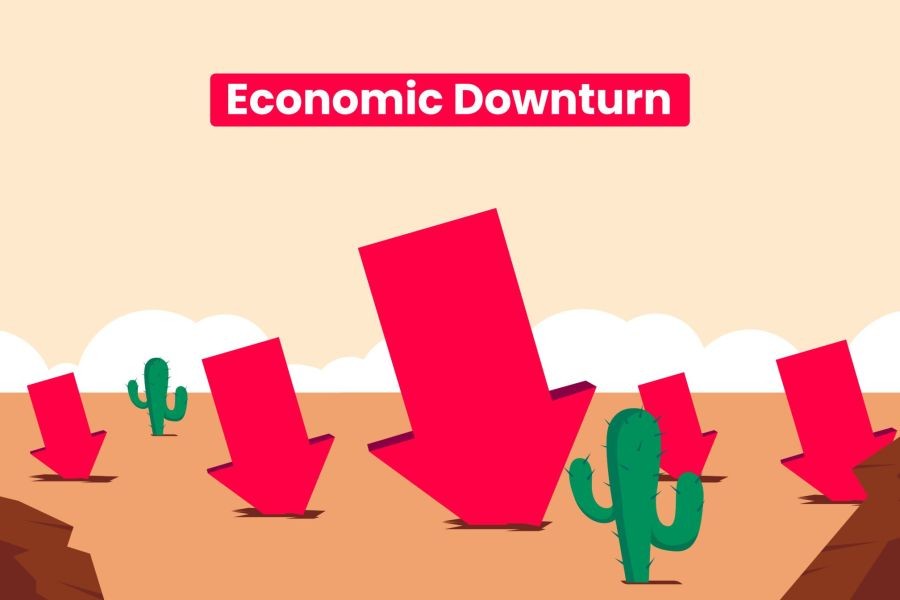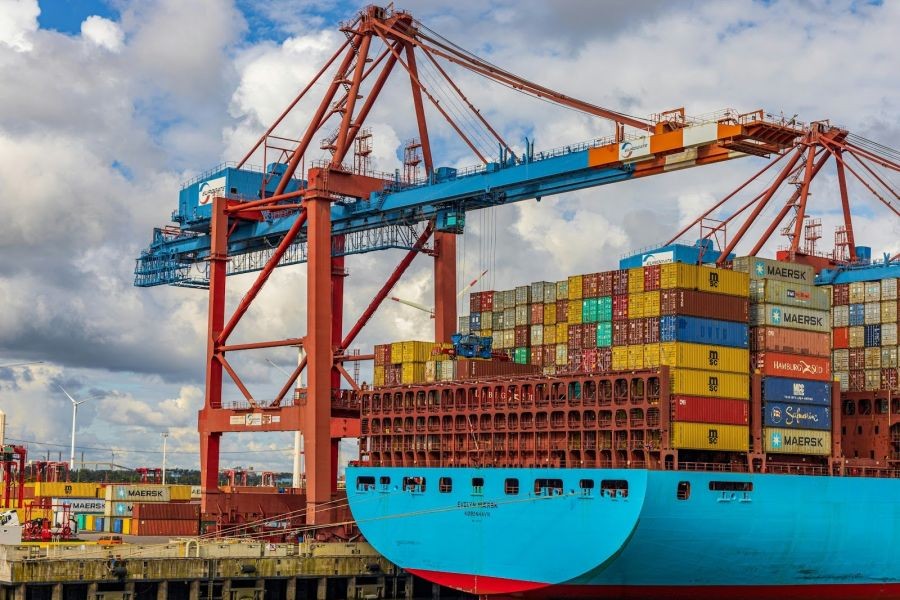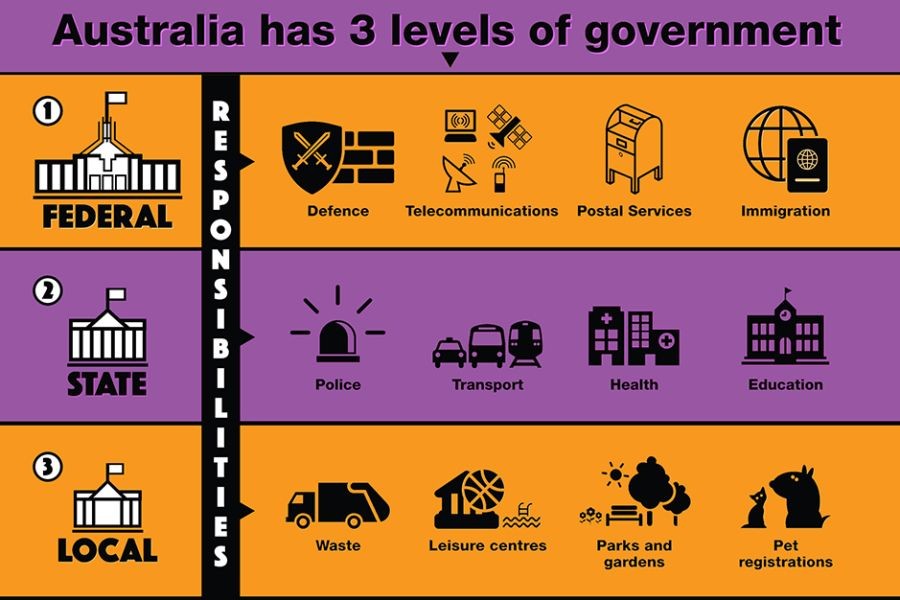Exporting products from New Zealand to global markets presents a unique set of opportunities and challenges for Kiwi businesses. With New Zealand’s reputation for high-quality goods, particularly in sectors like agriculture, dairy, and technology, there's a vast potential to tap into international markets. However, navigating the complexities of export regulations, logistics, and cultural nuances requires strategic planning and expert insights. This article explores practical tips for New Zealand businesses aiming to expand their reach globally, backed by data, case studies, and industry insights.
Understanding New Zealand's Export Landscape
New Zealand's economy heavily relies on exports, contributing significantly to its GDP. According to Stats NZ, the country's export sector is dominated by dairy products, meat, and forestry, accounting for a substantial portion of exports. With the government's focus on diversifying trade, sectors like technology and green energy are gaining traction.
Exporting from New Zealand requires understanding both domestic capabilities and international demand. The Ministry of Business, Innovation and Employment (MBIE) provides vital resources for businesses looking to enter foreign markets, emphasizing the need for innovation and resilience in global trade.
Case Study: Fonterra - Navigating the Global Dairy Market
Problem:
Fonterra, New Zealand's leading dairy cooperative, faced challenges entering diverse international markets due to varying regulations and consumer preferences.
Action:
Fonterra tailored its products to meet local tastes and adhered to international standards, leveraging partnerships to expand its distribution network.
Result:
The company saw a 25% increase in exports within two years, solidifying its presence in key markets like China and Southeast Asia.
Takeaway:
Adapting products to meet local demands and regulatory compliance is crucial for export success.
Pros and Cons of Exporting from New Zealand
Pros:
- High-Quality Reputation: New Zealand's stringent quality standards enhance product credibility globally.
- Access to Free Trade Agreements (FTAs): FTAs with countries like China and Australia reduce tariffs and open new avenues for trade.
- Innovative Ecosystem: Government support for innovation drives competitiveness in global markets.
- Geographical Advantage: Strategic location for accessing the Asia-Pacific market.
Cons:
- Logistical Challenges: High shipping costs and long transit times can be barriers.
- Regulatory Compliance: Navigating international regulations can be complex and costly.
- Market Competition: Intense competition from established brands in target markets.
- Currency Fluctuations: Volatile exchange rates can impact profitability.
Practical Tips for Successful Exporting
1. Conduct Thorough Market Research
Understanding the target market's needs, preferences, and regulations is crucial. Utilize resources like the New Zealand Trade and Enterprise (NZTE) for market insights and guidance.
2. Leverage Digital Platforms
Embrace e-commerce and digital marketing to reach global consumers. Platforms like Alibaba and Amazon provide access to vast international audiences.
3. Build Strong Relationships with Distributors
Collaborate with local partners who understand the market dynamics and can facilitate smoother entry and expansion.
4. Invest in Compliance and Certification
Ensure products meet international standards and certifications to avoid legal and regulatory hurdles.
5. Develop a Robust Logistics Strategy
Partner with reliable logistics providers to optimize shipping costs and delivery times, enhancing customer satisfaction.
Debunking Myths About Exporting
Myth vs. Reality
- Myth: Exporting is only for large companies.
- Reality: Small and medium-sized enterprises (SMEs) can thrive in global markets by leveraging digital tools and niche products.
- Myth: Exporting is too risky.
- Reality: With proper research and risk management strategies, exporting can be a lucrative growth avenue.
- Myth: You must have a physical presence in the target market.
- Reality: Digital platforms and local partnerships can effectively replace the need for a physical presence.
Future Trends in New Zealand's Export Industry
By 2030, New Zealand’s export landscape is expected to be driven by sustainable practices and advanced technologies. According to a report by NZTech, emerging technologies like blockchain and AI will play a pivotal role in enhancing supply chain transparency and efficiency. Furthermore, the global shift towards sustainability will see increased demand for eco-friendly products, positioning New Zealand as a leader in green exports.
Conclusion
Exporting products from New Zealand to global markets offers immense opportunities for growth and diversification. By understanding market dynamics, leveraging digital platforms, and ensuring compliance, Kiwi businesses can successfully navigate the complexities of global trade. What's your next step in expanding your business internationally? Share your thoughts and experiences below!
People Also Ask
- How does exporting impact New Zealand's economy? Exporting significantly boosts New Zealand's GDP, with sectors like dairy and technology driving economic growth, as per Stats NZ.
- What are the biggest misconceptions about exporting? A common myth is that exporting is only for large companies. However, SMEs can also thrive globally by leveraging digital tools.
- What are the best strategies for successful exporting? Experts recommend thorough market research, leveraging digital platforms, and building strong distributor relationships for effective exporting.
Related Search Queries
- New Zealand export statistics 2025
- How to start exporting from New Zealand
- Top export markets for New Zealand
- Challenges of exporting from New Zealand
- New Zealand free trade agreements
- Export compliance requirements in New Zealand
- Sustainable exports from New Zealand
- Technology export opportunities in New Zealand
- How to leverage digital platforms for exporting
- Future of New Zealand exports































janaphillip271
2 days ago